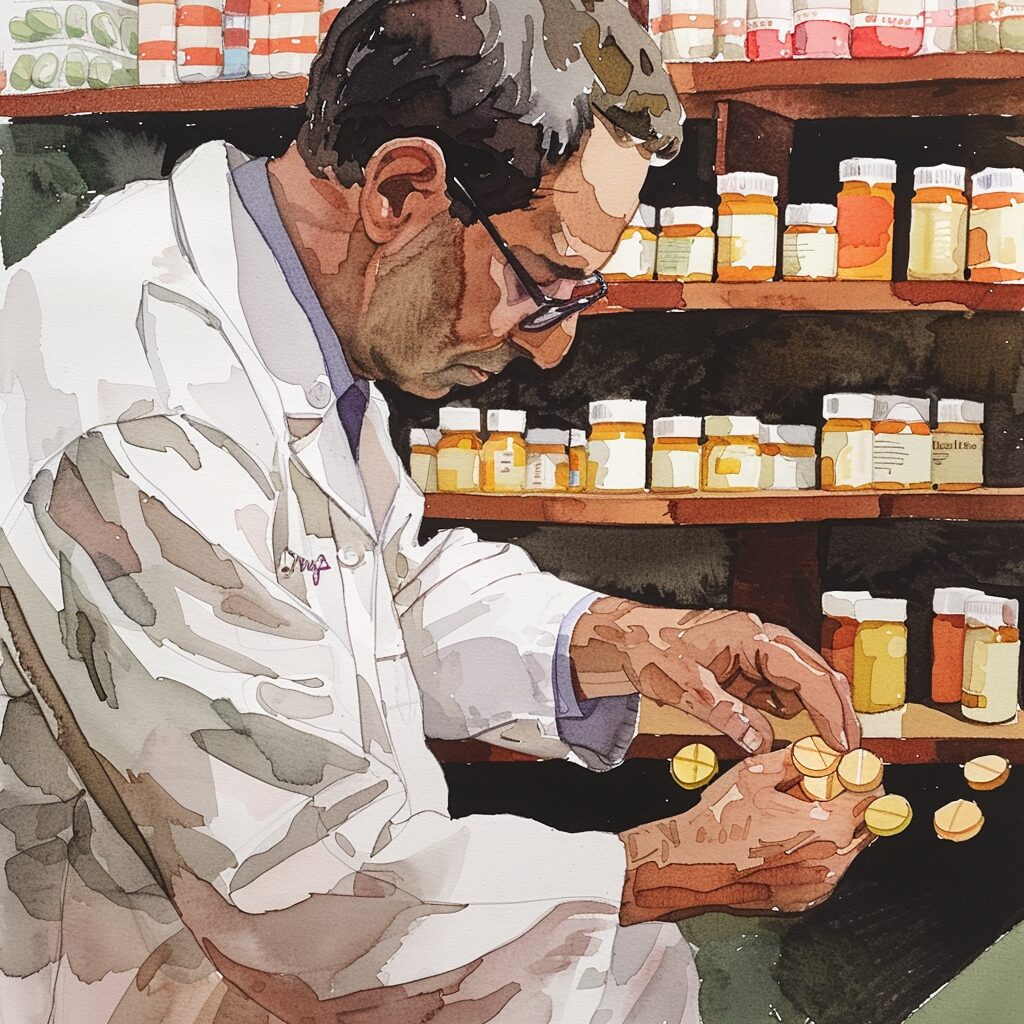Key takeaways:
- The 28-day rehab model exists mainly because insurance is willing to pay for it, but it may not be the most effective approach for everyone.
- Community-based rehab (CBR) models offer advantages such as giving individuals more choices in their therapy options and the opportunity to work while in rehab.
- In a community-based rehab, individuals can build a sober network in the community by attending meetings outside of the facility.
- The CBR model requires individuals to choose to be sober, which builds self-discipline and decision-making skills.
- While there is a risk of relapse in an open rehab setting, it can also provide a valuable learning experience to identify triggers and coping strategies.
- For some individuals who need more structure and forced sobriety, a traditional rehab facility may be more appropriate.
- Lantana Recovery believes that the open rehab facility is advantageous as it allows individuals to practice decision-making and life skills with clinical support before returning home.
The 28-day rehab model exists primarily because insurance is willing to pay for that period. Traditional rehab involves giving up your car, your phone, and your privacy. You are living in a cocoon, focused on recovery. Rehab often takes place in a secluded environment that allows for forced abstinence. In a traditional rehab environment, you have no choice but to be sober. This model fails to build a critical muscle of self-will. It has been widely argued that community-based programs offer considerable advantages to the classical institutional forms of health and rehabilitation services delivery.
Choosing What You Do
One of the advantages of a community-based rehab model is that you aren’t forced into any mandatory programming. You can choose from a menu of different options to see what suits you. This includes horticulture therapy, dialectical behavior therapy (DBT) skills, and group therapy, among others. Your ability to shape your schedule provides important self-directed practice for living on the outside.
You Have the Option to Work
CBR was developed because institutional rehabilitation was not meeting the needs of persons with disabilities worldwide and the community-based rehab model provides the option to work if you want to. Lantana Recovery offers just such a program option. There are many advantages to work experience while in rehab. These include improved self-esteem, the capacity to earn money, practice in time management, and accountability to a boss. All of these provide beneficial experiences, allowing you to practice skills necessary for living on the outside.
That’s one of the reasons the community-based rehab model is so effective. You are able to practice real-life experiences under the watchful eye of clinical staff. With this model, you can see what works and what doesn’t, all while facing similar stress and triggers that you would once you’ve moved beyond the parameters of rehab.
Building a Sober Network in the Community
Living in a community, as opposed to a secluded area, can be beneficial to building your sober network. In a community-based rehab facility, you can attend Alcoholics Anonymous (AA) meetings outside of your rehab. This expands the pool of people you can meet to integrate into your sober network. It also allows you to build relationships with people in the community who will continue to be there when you get out. According to Substance Use: Research and Treatment, positive social relationships are critical for maintaining sobriety.
Building Mental Muscle
In a community-based rehab model, you have to choose to be sober. No one is standing over you, watching your every move. This builds your ability to make consistently good decisions. However, in an open rehab, you have your clinical team still very much in the picture. Should you feel the urge to use your substance of choice, you have immediate resources. Moreover, you can talk to your therapist or counselor regularly about the issues you face and your strategies for coping with them.
Risk of Relapse
One of the disadvantages of living in an open rehab setting is that there is a risk of relapse. You aren’t forced to be sober as in a typical rehab model. You have access to a phone and can get drugs or alcohol with the click of a button. However, this disadvantage can actually be construed as a benefit.
It’s arguably better to relapse in an open environment where you can examine the causes of the relapse with the support of your clinical team rather than relapsing at home after discharge. The Indian Journal of Psychiatry cites a study that found relapse rates among people who are addicted to alcohol are as high as 75% within the first year after treatment. An open rehab provides a type of laboratory for you to see what strategies work best for you in your efforts to stay sober.
Self-Discipline
Another disadvantage of an open rehab model is the amount of self-discipline required to be successful. In a traditional rehab facility, you simply follow a preset schedule from morning to night; you have no choice. However, in an open rehab facility, you have more options. You can choose to sleep in, choose to be unproductive, and choose to forgo treatment opportunities.
However, the reality is that recovery will only work if you want it to. If you have the drive necessary, you will be successful in your efforts. An open rehab facility challenges you to rise to the occasion and truly pursue your recovery. Again, it works the mental muscle requiring effort and discipline, which will be critical once you return home.
When you return home after rehab, no one will be pestering you to get out of bed, make meals, turn off the television and go for a run. These new habits take time to build, and an open rehab facility gives you the opportunity to build them.
When You Need Structure
In the event, you need the structure of traditional rehab, an open rehab setting would not be appropriate. Some people are in a circumstance where they simply cannot control the use of their substance of choice. In such a situation, traditional rehab would be more appropriate because it would force sobriety.
In some cases, that is what is needed. Some people need a period of forced detox in order to get on track and rebuild the skills necessary to overcome cravings. In such a case, a transfer to an open rehab facility might be appropriate after a stay in a more traditional rehab program.
Bottom Line
“WHO and World Bank indicate that the practice of CBR service has a holistic nature which ensures access to healthcare, education, social welfare, empowerment, livelihood, and enabling poverty reduction capacity” (From Community-Based Rehabilitation (CBR) Services to Inclusion Development. A Study on Practice, Challenges and Future Prospects of CBR in Gadeo Zone (Southern Ethiopia), Ayalew et al., 2020.) Lantana Recovery believes that an open rehab facility is advantageous when compared to a traditional rehab facility because an open environment provides critical practice in making daily decisions that an individual will have to make when they discharge.
These decisions include when to get up in the morning, how to spend the day, and whether to forgo a drink when you’re driving by a liquor store. An open rehab facility allows you to practice these skills and decision-making techniques in the context of clinical support that can be leaned on when needed.







